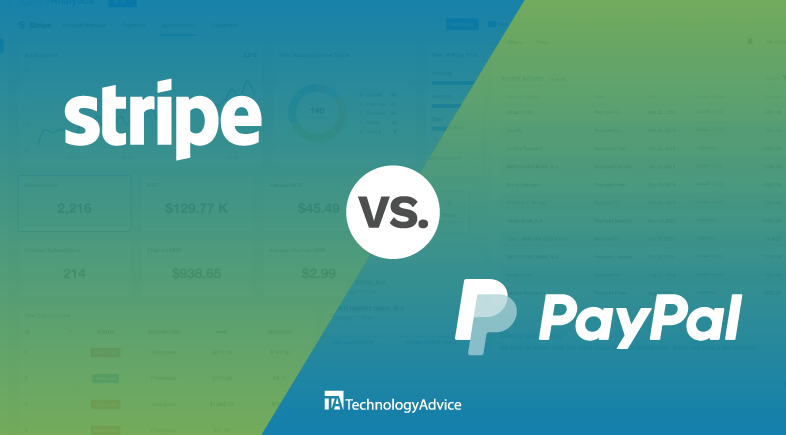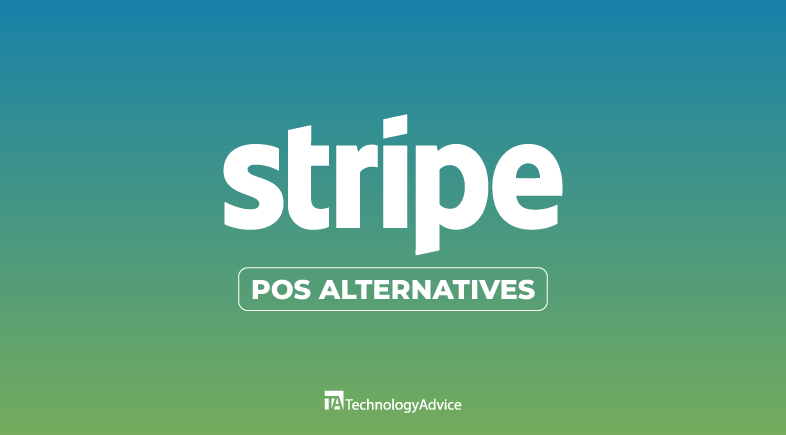A 2012 study by Capgemini found that streamlining the quote to cash process was responsible for a 35 percent reduction in wrong or duplicate orders, and a 15 percent increase in sale volume for reps. The exact steps and their breakdowns will differ from company to company, but implementing processes and procedures to guide your team can have an immediate effect on revenue.
ALSO READ: CPQ Software: Top 6 Solutions and a Case Study
Various experts who deal with the quote to cash process suggest building out a flowchart that details each step in your company’s pipeline to help your team visualize the steps required to move from one stage of the process to another.
Let’s take a closer look.
1. Price
Modern companies deal with far greater price complexities than ever before. Credit policies, bulk discounts, and early payment terms all affect the consumer, while the back office deals with changing profit margins due to global trade. To stay relevant, companies must combine all of these factors and keep their prices competitive. Automated tools and pricing catalogs that build models and based on the market and your own pricing structures can help alleviate some of this burden. While you’re building a pricing structure, you should also set down a few basic policies outlining:- The minimum time a customer should expect product delivery
- Discounts for net-30 or net-60 payment
- Process for complaints or returns
- Incentive options that don’t compromise profit
2. Quote
Building a quote for the customer makes up the first of two negotiation stages during the quote to cash process. At this point, your salespeople and product experts use their combined knowledge of the marketplace and the customer’s needs to build a mutually beneficial agreement. Communication at this stage is of utmost importance. Everyone in the process should be on board with the terms, from accounting to customer success and product delivery, whether it’s a shipping and receiving crew at a warehouse or a software development team. Many companies find their process breaks down here: sales teams over-promise and product delivery teams take a more liberal view of timelines. Open communication with all stakeholders can streamline the quote and fulfillment stages. Keep your pricing and delivery policies close at hand to reference, should you encounter any uncertainties.3. Contract
Contract negotiations hold a crucial position in the quote to cash process, as customer-facing representatives combine internal policies and procedures with customer needs to build a mutually beneficial (and scalable) relationship. Aberdeen research notes, “18 percent of an enterprise’s sales cycle is attributed to contract creation, negotiation, and approval.” The loss or slow-down of these processes can have an immediate and devastating effect on companies. 18 percent of an enterprise’s sales cycle is attributed to contract creation, negotiation, and approval. Technology has vastly improved the contract stage of the process. Companies that hope to automate and reduce friction during this stage should look into finding and integrating the following software:- Enterprise resource planning (ERP)
- Configure Price Quote tools
- E-signature or contract management software
- Customer relationship management (CRM)
- Supply chain management (SCM)
4. Payment
This is why you sell products and services, so get it right. After the contract is signed and the product has been delivered, tracking and monitoring payments may be an afterthought, but this is one of the most important steps in the whole process. Look for invoicing, accounting, and CRM programs that integrate easily. Siloing accounting away from the rest of the quote to cash process can lead to reporting errors and communication break-downs. Ask yourself:- Do the systems you use provide notifications for upcoming payments due?
- How does accounting communicate with sales and product delivery teams?
- Does your software record accurate records of invoices and payments?
5. Analysis and Renewal
Congratulations! You’ve built a smooth-running quote to cash process. Take a moment to put your feet up and watch the process run itself — for maybe a couple of weeks. The final and most important step is analyzing your work, watching for contract renewal dates, and improving your margins through leaner practices. Implementing software that both completes the assigned tasks and self-analyzes through reporting is helpful, but that’s not where analysis ends. Communication about each of the stages and follow-up with customers and suppliers will give your teams a 360-degree view of bottlenecks and inefficiencies.* * *
Building a quote to cash process means paying attention to every stage of product development and delivery, as well as a gaining a deep understanding of customer needs and your own business objectives. Flowcharts, analytics reports, and other visualizations built into most enterprise sales tools will help your team understand your unique process. Most importantly, communication among stakeholders, sales, customers, accounting, and suppliers is crucial to success.




